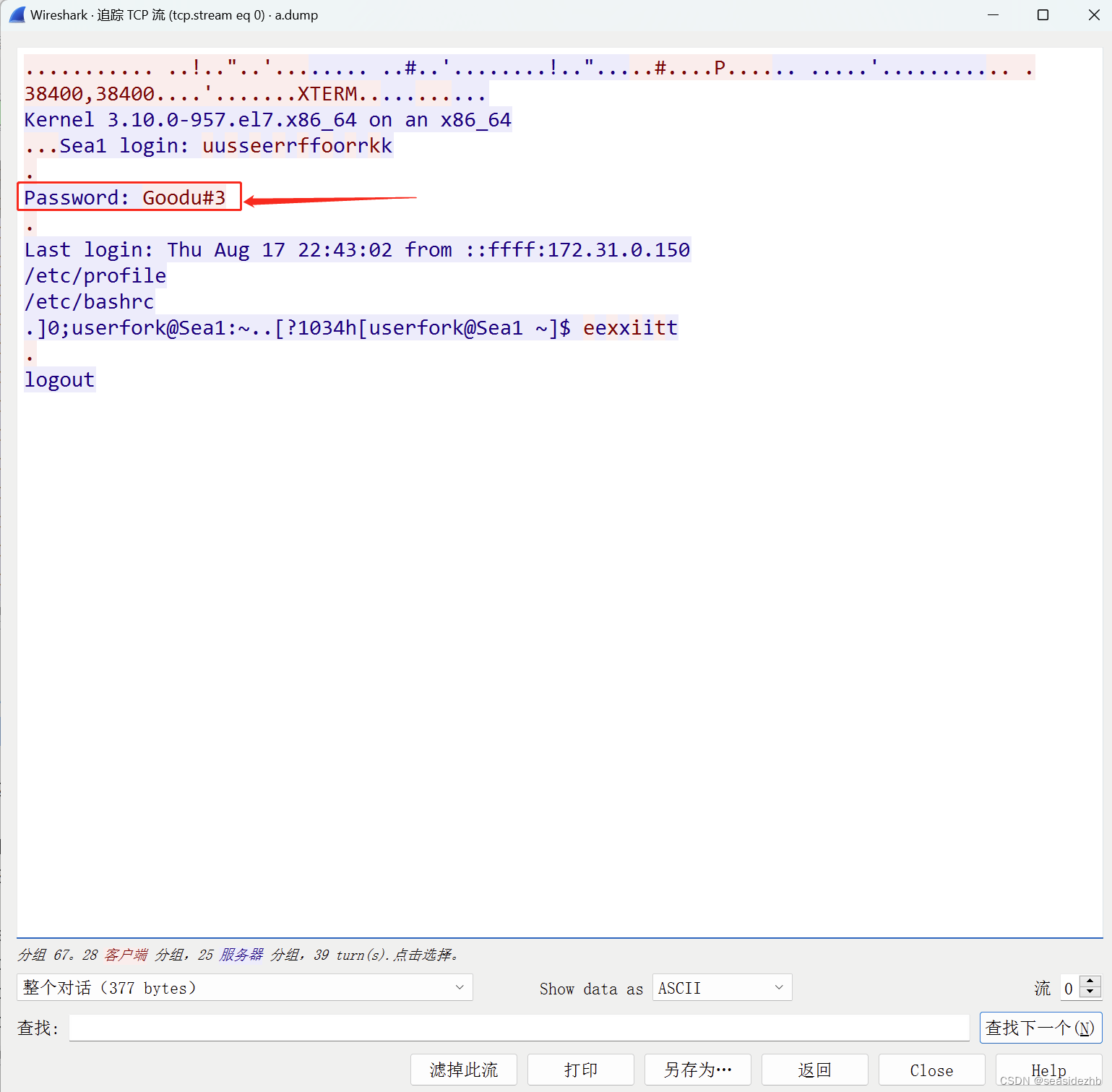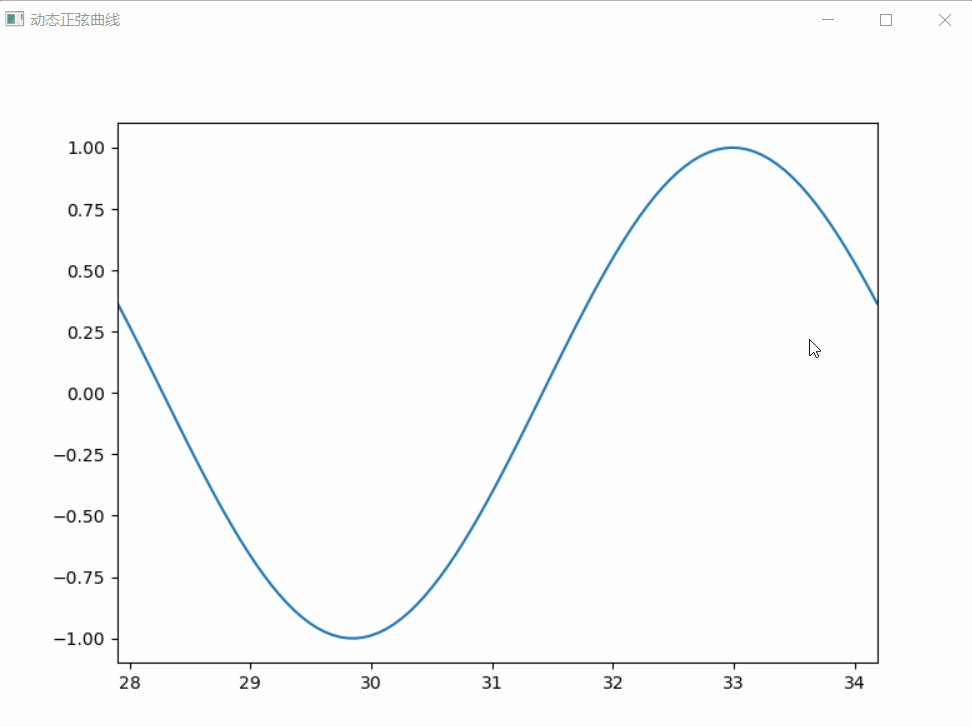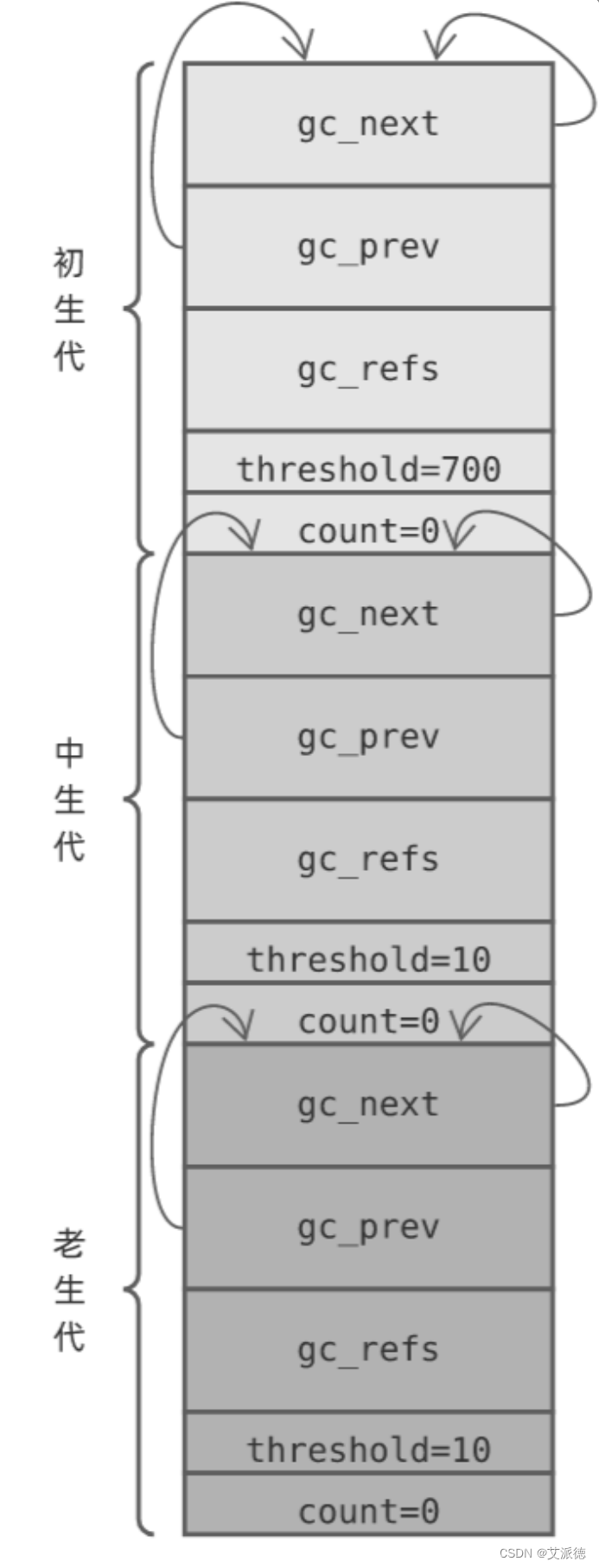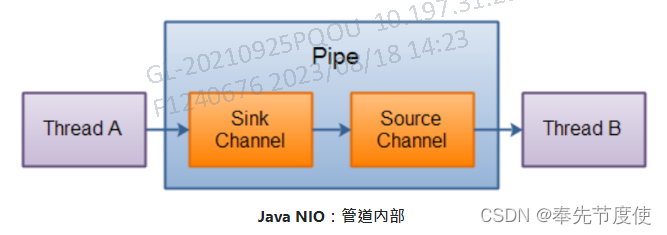CF 1354 C1 / C2 Polygon Embedding(求奇偶正多边形的外接最小正方形的边长)
Problem - C1 - Codeforces
Problem - C2 - Codeforces
EASY :
大意:给出一个偶数 n , 求 正 (2 * n) 边形的最小外接正方形的边长。
可以想出两种最直观的情况
1 :

2 :

显然方案一是更小的 ,且没有比方案一更小的构造方法 , 直接求即可。
#include<bits/stdc++.h>
using namespace std;
#define fi first
#define se second
#define IOS std::ios::sync_with_stdio(false),cin.tie(0),cout.tie(0);
#define int long long
const int N = 2e6 + 10;
const int mod = 1e9 + 7;
typedef pair<int,int>PII;
#define pi acos(-1)
int n , t;
double theta , ans;
signed main(){
cin >> t;
cout << fixed << setprecision(10);
while(t --){
cin >> n;
theta = 360 * 1.0 / (n * 1.0) / 2.0 / 2.0 / 180 * pi;
ans = 1.0 / tan(theta) ;
cout << ans << "\n";
}
return 0;
}
//freopen("文件名.in","r",stdin);
//freopen("文件名.out","w",stdout);
HARD :
大意:给出一个奇数 n , 求 正 (2 * n) 边形的最小外接正方形的边长。
这里我们大胆构造 , 可以想出 n = 3 和 n = 5 的情况


显然 ans = |AB| * sinθ
|AB| 非常好求 ,θ = α + β , 且 β = pi / 4
观察不难发现 , α 就是 把 90° 分成 n 份 , 然后取一半。
直接求解即可。
#include<bits/stdc++.h>
using namespace std;
#define fi first
#define se second
#define IOS std::ios::sync_with_stdio(false),cin.tie(0),cout.tie(0);
#define int long long
const int N = 2e6 + 10;
const int mod = 1e9 + 7;
typedef pair<int,int>PII;
#define pi acos(-1)
int n , t;
double theta1 , theta2 , ans , now;
signed main(){
cin >> t;
cout << fixed << setprecision(10);
while(t --){
cin >> n;
theta1 = 360 * 1.0 / (n * 4.0) / 180.0 * pi;
now = 1.0 / sin(theta1);
theta2 = pi / 2 / n * (n / 2);
ans = now * sin(theta2 + pi / 4.0);
cout << ans << "\n";
}
return 0;
}
//freopen("文件名.in","r",stdin);
//freopen("文件名.out","w",stdout);




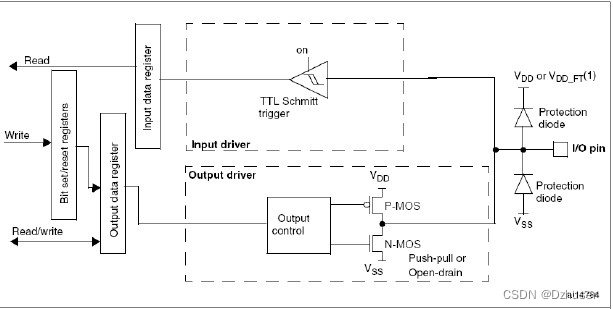

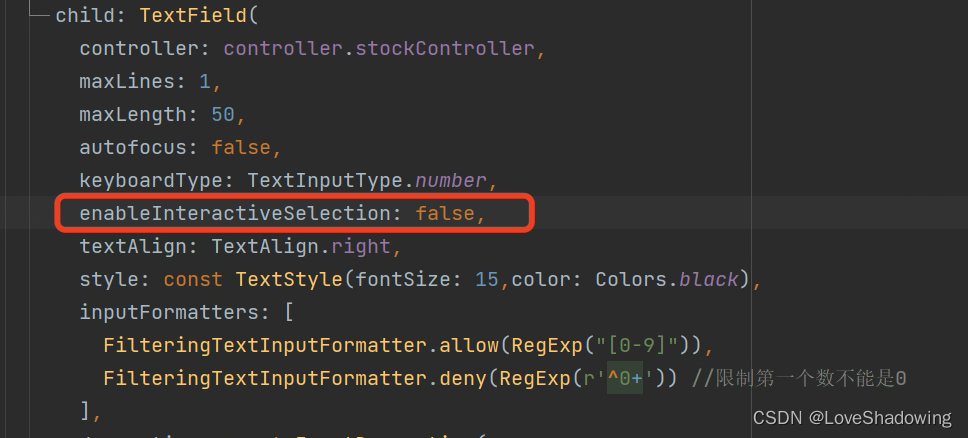


![[oneAPI] 使用字符级 RNN 生成名称](https://img-blog.csdnimg.cn/71b6a6705a3449d7bb9657237227a6ad.png)


